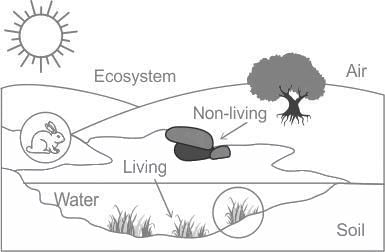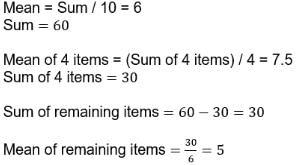HSSC TGT Math Mock Test - 1 - HSSC PGT/TGT MCQ
30 Questions MCQ Test HSSC TGT Mock Test Series 2025 - HSSC TGT Math Mock Test - 1
The main purpose of rainwater harvesting is recharge the
The chronological growth from reflexive reactions to more advanced functioning is termed as:
Consider the following:
1. Kulhs
2. Khadin
3. Johads
4. Madakas
5. Ahar
Which of the following are Rainwater Harvesting methods?
Which of the following statements regarding growth spurt is correct?
I. The growth spurt is completed in girls around the age of 17-19 years.
II. The growth spurt starts in boys around 10-12 years of age.
A = Set of all triangles
B = Set of all right triangles
A – B = ?
Length of common chord of the circles x2+y2+2x+6y = 0 and x2+y2−4x−2y−6 = 0 is
A train is travelling on a curve of 350 m radius at 7 Km/hr. Through what angle will it turn in one minute?
Let X = {x | x = 2 + 4k, where k = 0, 1, 2, 3,...24}. Let S be a subset of X such that the sum of no two elements of S is 100. What is the maximum possible number of elements in S ?
A group of 10 items has mean 6. If the mean of 4 of these items is 7.5, then the mean of the remaining items is
If the nth term of an AP is (2n + 1), then the sum of its first three terms is
If the HCF of 65 and 117 is expressible in the form 65m – 117, then the value of m is
Direction: In the following questions, a statement of Assertion is given followed by a corresponding statement of Reason just below it. Of the statements, mark the correct answer as
Assertion : In a cyclic quadrilateral ABCD, ∠A - ∠C = 60º, then the smaller of two is 60º.
Reason : Opposite angles of cyclic quadrilateral are supplementary.




 where x>0, then f is
where x>0, then f is  is equal to
is equal to

















